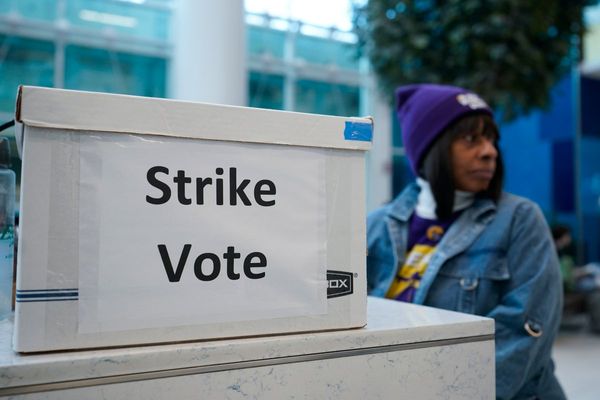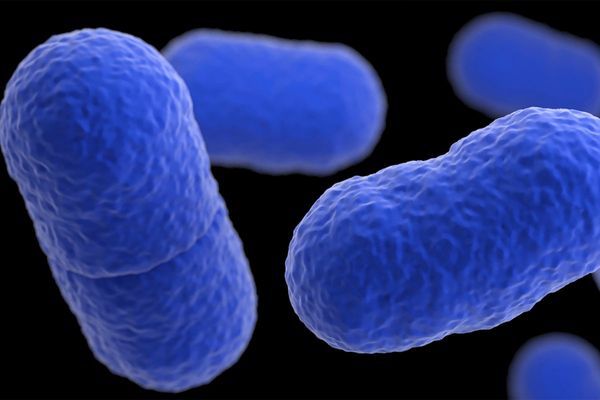
Candidates at the top of the ballot paper for the federal election could get a one to two per cent boost in their polling numbers, according to experts.
Friday marked the ballot draw for all 151 lower house seats and eight Senate races across the country, with Labor and independents listed at the top of the tickets in some key races.
Being listed first is traditionally seen as an advantage, with candidates given the opportunity to pick up the “donkey vote”, where voters just number down the ballot in order.
Labor’s Sally Sitou has picked up top spot on the ballot paper in the marginal Sydney seat of Reid, held by the Liberals Fiona Martin – who drew seventh – on a 3.2 per cent margin.
Labor’s Trevor Ross also topped the ballot in the marginal seat of Lindsay held by Liberal Melissa McIntosh on a five per cent margin.
In the country’s most marginal seat of Macquarie, west of Sydney, Labor’s Susan Templeman drew second while Liberal Sarah Richards will appear last.
Meanwhile, independent candidate Monique Ryan beat out Treasurer Josh Frydenberg for the number one listing in the inner-Melbourne seat of Kooyong.
In the NSW south coast seat of Gilmore, Liberal candidate and former state minister Andrew Constance picked up top spot, while Labor MP Fiona Phillips drew last.
While the ACT is usually out of the spotlight during the election campaign, the territory’s Senate race is shaping up as a tight contest, with several high-profile independents challenging the major parties.
Labor got the first slot on the ballot, ahead of the Liberals in fourth position, with independent David Pocock getting the fifth slot, while Kim Rubenstein was just behind in the sixth position.
The coalition also got a boost by drawing pole position in the Northern Territory seat of Lingiari, which they’re hoping to take off Labor.
Labor’s Warran Snowdon held the seat on just over five per cent but is retiring at this election.
However, Zareh Ghazarian, a senior lecturer in politics at Monash University, said being on the top of the ballot provides a very small advantage.
“Research shows being at the top increases the candidate’s vote by one per cent, so it’s probably not going to make a major difference to who actually wins seats,” Dr Ghazarian told AAP.
The randomness of the ballot selection is fairer than having an alphabetical list that previously benefited candidates.
Australian National University political lecturer Ian McAllister told AAP a NSW Senate election in the 1930s demonstrated this.
“One of the political parties nominated candidates whose names all started with the letter ‘A’ and they were all elected,” he said.
But Professor McAllister said it shouldn’t be overplayed that positions on a ballot affect the vote.
He said research suggested just two per cent of voters would “donkey vote”.
“Voters are smart and people do tend to know who they are going to vote for before they enter the ballot box, so they will look for that name specifically,” he said.
The Senate ballot paper is expected to be shorter this year in Australia’s biggest state, with NSW candidates numbering 75 in 23 columns, down from 105 candidates in 35 groups in 2019.
There are 79 Senate candidates in Victoria.
The final tally of candidates will be determined later on Friday.







